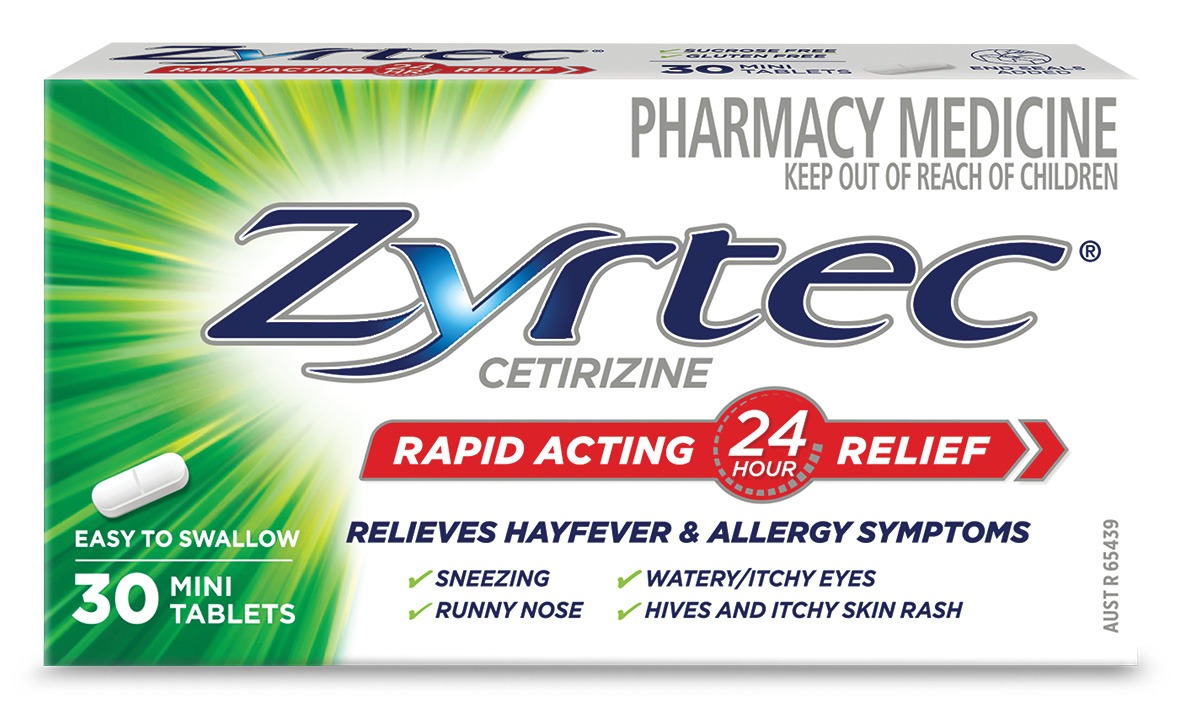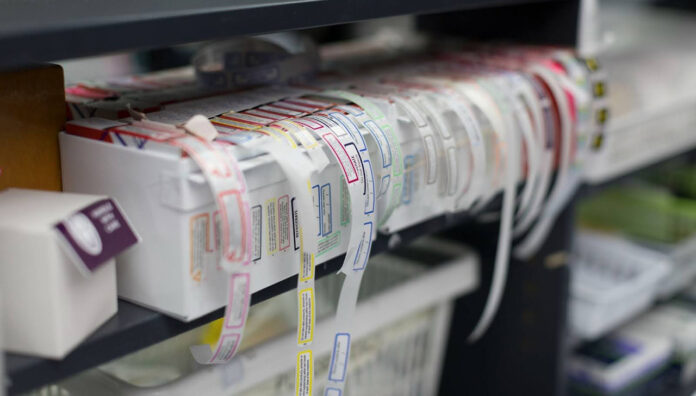Both Cautionary Advisory Label (CAL) 6 and CAL 13 have been overhauled to sharpen storage advice.
CAL 6 explanatory notes advice in Digital Australian Pharmaceutical Formulary and Handbook (APF) now mentions considerations for room-temperature time windows for refrigerated medicines, while CAL 13’s tightened wording and advice flags truly sensitive formulations – ensuring pharmacists give patients clearer, more precise guidance.
What’s changing?
The familiar ‘Refrigerate, do not freeze’ warning of CAL 6 is not changing, however its explanatory notes have been expanded.

There are many instances whereby refrigeration of temperature sensitive medicines may not be practical, for example travel days, power outages or ‘in-use’ multi-dose containers/devices. The updated explanatory notes advise pharmacists that they should refer to the medicines approved product information (PI) and counsel their patients on how to best store these medicines – covering when their temperature sensitive medicines may safely remain at room temperature (below 25 °C) – if applicable.


Meanwhile, CAL 13 has been reworded. Previously ‘Do not remove from original packaging until dose required’, the new prompt, ‘Ask your pharmacist about the storage conditions for this medicine,’ applies only to dosage forms and active ingredients truly sensitive to light, moisture or temperature excursions.
This includes orally disintegrating tablets, effervescents, sublingual or buccal lozenges, dispersible granules, wafers and chewables, as well as amoxicillin/clavulanic acid, dabigatran, glyceryl trinitrate, nicorandil, nifedipine, phenothiazines, tamoxifen and sodium valproate.
CAL 13 may also be applied in addition to other CALs relating to storage requirements (e.g. CALs 6, 7a or 7b) when complex storage instructions are applicable, and these other CALs do not adequately cover these.
To support the change to CAL 13, the APF’s Good dispensing practice chapter has been updated with clearer and expanded guidance on providing advice to patients on how to store medicines, including that:
- all medicines should be kept out of sight and out of reach of children at all times
- unless specifically requiring refrigeration, and in the absence of special storage instructions outlined in the PI/consumer medicine information (CMI), medicines should be stored in their original packaging in a cool (preferably <25 °C), dry and secure place
- medicines should generally not be removed from their original packaging until a dose is required – pharmacists should check how the patient intends to store their medicines (e.g. in a dosette box) and provide advice according to the storage instructions outlined in each medicines PI/CMI.
CAL 13’s explanatory notes have also been updated in APF Digital to support pharmacists in applying the revised CAL.
When packing medicines into Dose Administration Aids (DAAs) pharmacists should consider the approved PI of each medicine, and PSA’s Guidelines for pharmacists providing dose administration aid services.
What led to this update?
Medicine labels have traditionally relied on simple fridge-or-no-fridge advice. But today’s PIs are more complex.
Humira (adalimumab) is one good example. People using Humira are advised that they can store single pre-filled syringes or pens ‘below 25°C (room temperature) for a maximum period of 14 days, but must be protected from light. Once removed from the refrigerator for room temperature storage, the syringe must be used within 14 days or discarded, even if it is returned to the refrigerator’.
But CAL 6 doesn’t capture these nuances, so some patients are left guessing whether their medicines are safe to use or not during travel or at times when refrigeration is not available. The new explanatory notes prompt pharmacists to cover these scenarios as part of their routine counselling to promote safe and quality use of medicines.
At the same time, the CAL 13 had become so ubiquitous – applicable to nearly all medicines – that its impact was diluted. What’s more, most pharmacies didn’t even stock the printed sticker.
By narrowing its application, CAL 13’s power to prompt meaningful conversations about stability risks has been restored.
Above all, when medicines are removed from their original packaging inappropriately, or stored incorrectly, this can translate into reduced potency or patient harm. These refinements give pharmacists clear, evidence-based cues to maintain medicine stability and efficacy.
How should pharmacists tailor storage advice?
Pharmacists should personalise both verbal and written advice to the patient. Ensure every patient is counselled on how to best store their medicines including routinely asking how the patient plans to keep their medicines, for example will they use a dosette box? Is storage at an appropriate temperature an issue?
If a medicine carries Label 6 but its PI indicates there is an appropriate room-temperature window, demonstrate the correct use of an insulated bag and explain the difference between ‘keep at 2–8 °C’ and ‘store below 25 °C’. Provide guidance on room temperature storage for their in-use multi dose container/device (if appropriate) and for times when refrigeration is unavailable or impractical.
Pharmacists should also advise the patient to avoid storing medicines in the areas of a domestic refrigerator that may not maintain a temperature of 2–8 °C. This includes the door, top shelf or crisper; or within 40 mm of the back and sides of the main compartment.
For CAL-13 affixed medicines, pharmacists should advise patients that these medications’ stability is protected by the original container and packaging, and that removing them prematurely can accelerate degradation and reduce efficacy. Work with the patient to address any barriers to this.
What’s the implementation timeline?
The revised explanatory notes for CAL 6 and CAL 13 are live in APF Digital as of 7 May 2025.
CAL printers will begin issuing the new CAL 13 labels on their next run. Until then, pharmacists should continue using the existing labels while equipping patients with the updated counselling points and advice outlined in the APF Digital.
How should pharmacists put the new advice into practice?
Let’s say Mrs L, 68, who has type 2 diabetes, atrial fibrillation and hypertension, presents to a pharmacy for her medicines. She picks up a prescription for insulin glargine pens, nifedipine and dabigatran. For her insulin glargine, you apply Label 6 and explain the medicine must be stored at 2–8 °C in the fridge’s main compartment, yet the in-use pen may remain at room temperature for up to 28 days. You provide her with an insulated bag and demonstrate how to use it.
You then recognise that nifedipine is sensitive to light and dabigatran is moisture-sensitive, and apply Label 13 to each medicine’s packaging which prompts a PI check. You advise her to keep the medicines away from humid spots such as bathrooms or kitchen windowsills, and to keep them in their original packaging, out of direct light. Mrs L leaves confident in where to store each medicine, and you’ve pre-emptively safeguarded stability and efficacy.




 Revised CAL 18[/caption]
Revised CAL 18[/caption]


 Professor Malcolm Hopwood[/caption]
Professor Malcolm Hopwood[/caption]

 This article is sponsored by Kenvue.[/caption]
This article is sponsored by Kenvue.[/caption]
 Timing of symptoms:
Timing of symptoms: Zyrtec works fast for hay fever relief and stays strong, day after day.4
Zyrtec works fast for hay fever relief and stays strong, day after day.4





